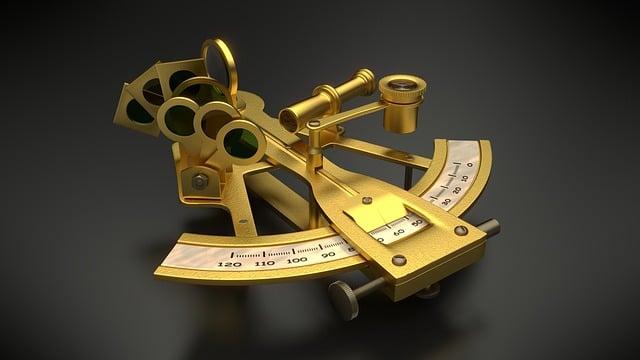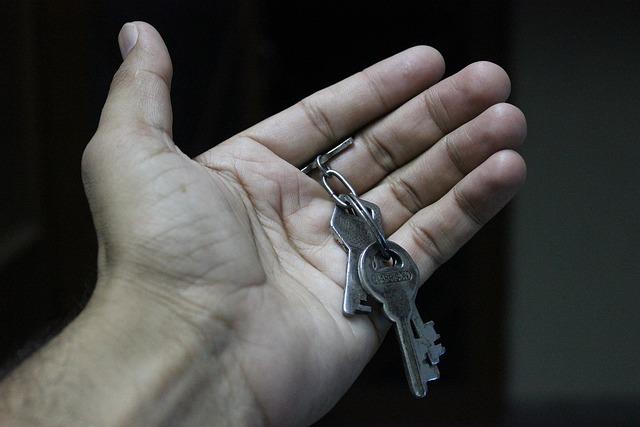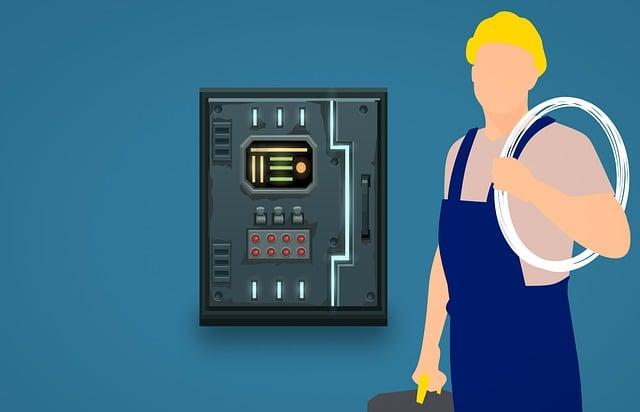Are you tired of feeling like your iPhone is a musical desert, barren of your favorite tunes? Or maybe you’ve got a collection of MP3s just waiting to make their grand debut on your device, but you’re not quite sure how to get them from your computer to your pocket? Fear not! Mastering the art of transferring MP3s to your iPhone doesn’t have to feel like trying to solve a Rubik’s Cube blindfolded. In this article, we’re going to break down the seemingly complicated process into simple, digestible steps that will have you jamming to your favorite playlists in no time. Whether you’re a seasoned tech whiz or someone who typically feels more at home in a record store than a tech store, we’ll guide you through transferring those digital gems with ease and confidence. So, grab your headphones and let’s dive into the seamless world of music transfer!
Navigating the Digital Jungle: Understanding Your Options for Transferring MP3s
When it comes to transferring MP3s, you’re diving into a digital jungle filled with paths to take, each with its own quirks and intricacies. First off, think about using iTunes or Finder on macOS. It’s straightforward: just drag and drop your favorite tracks into the application and sync your iPhone. It’s like packing your bags for a road trip—make sure you’ve got everything you need before hitting the road. However, if you’re not into the whole Apple ecosystem, you might find third-party apps like iMazing or AnyTrans to be your trusty guide. These tools often provide more flexibility and options, making the transfer feel less like a chore and more like a breezy walk in the park.
<p>Don’t overlook cloud services either! Services like Dropbox or Google Drive can act as your digital locker. Upload your MP3 files, then download them onto your iPhone whenever you want. It's as simple as packing a delicious picnic and enjoying it whenever you fancy! If you're concerned about storage, consider using a music streaming service that allows you to download songs for offline listening; it’s like having an endless playlist at your fingertips without the hassle of constant transfers. Just remember, no matter which path you choose, keeping your MP3s organized is key, so you’ll always know where to find your musical gems.</p>

Unlocking the Secrets: Step-by-Step Guide to iTunes and Alternative Methods
Transferring MP3s to your iPhone might seem like a puzzle, but it doesn’t have to be. Whether you’re using iTunes or exploring alternative methods, there are multiple pathways to get your tunes onto your device. First off, if you’re sticking with iTunes, you need to connect your iPhone to your computer. After launching iTunes, simply drag and drop your MP3 files into your library or use the File menu to add your music. Once they’re in your library, sync your device by clicking on the little iPhone icon and choosing the Music tab. From there, select Sync Music and hit the sync button. Voilà! Your favorite tracks are now grooving in your iPhone’s music library.
<p>If iTunes isn't your jam, don't sweat it—there are other cool options. Apps like <strong>iMazing</strong> or <strong>WALTR</strong> can seamlessly transfer your MP3 files without the clunky interface of iTunes. Just install the app, connect your device, and you’ll find a friendly interface ready to take your music files and place them directly on your iPhone without the fuss. Here are a few alternatives to consider:</p>
<ul>
<li><strong>iMazing:</strong> Great for bulk transfers</li>
<li><strong>WALTR:</strong> Drag and drop capability</li>
<li><strong>Dropbox:</strong> Stream music without syncing</li>
</ul>
Breathing Life into Your Library: Best Practices for Organizing Music on Your iPhone
Organizing your music collection on your iPhone can feel like trying to untangle a ball of Christmas lights. But don’t worry, with a little strategy and creativity, you can breathe new life into your library. Start by categorizing your MP3s into playlists that reflect your mood or the activities you enjoy. For example, create a playlist for workouts that pumps you up, another for relaxing evenings, and one for those nostalgic road trips. This makes locating your favorite tunes a breeze and transforms your music experience from chaotic to curated.
Another excellent approach is to utilize the info settings of each track. Don’t just leave song titles and artists blank—take a moment to add album artwork or even a brief description. These details aren’t just fluff; they help you visually connect with your favorite tracks and make your music library feel more personal. Additionally, consider using the “Favorite” feature for tracks you frequently listen to, so they’re always within reach. Here’s a simple table suggesting playlist ideas to get you started:
| Playlist Idea | Description |
|---|---|
| Workout Motivation | High-energy tracks to pump you up! |
| Chill Vibes | Perfect for unwinding after a long day. |
| Nostalgia Trip | Classic hits that take you back in time. |
| Road Trip Anthems | Tunes for your next adventure on the road. |

Troubleshooting Tips: Common Issues and How to Overcome Them
When you’re all geared up to transfer MP3s to your iPhone, but you hit a snag, don’t worry; you’re not alone! It’s like preparing for a concert, only to find out your guitar’s out of tune. First things first, check your USB cable and ports—often, a faulty cable can throw a wrench in your plans. Additionally, ensure that your iTunes or whichever transferring software you’re using is updated. Sometimes, just a simple update is all you need to smooth things over. It’s like that minor adjustment in a recipe that makes all the difference. If you’re facing issues with syncing, try disabling or enabling the ‘sync music’ option in your settings. This can realign the playlists and ensure everything flows like a well-rehearsed band.
If you’re still encountering problems, consider the format of your files. Not all MP3s are created equal; perhaps the bitrate is too high, or the files are corrupt. In this case, you might want to convert those tricky files using a reliable converter. Always keep an eye on the bitrates, because just like a bass beat needs to match the tempo, your files need to mesh with the iPhone’s requirements. And let’s not overlook the dreaded ‘not enough space’ message. Check your storage settings and delete any old apps, photos, or videos that you no longer need. Remember, sometimes less really is more, and clearing out the clutter can open up the space for your latest tracks.
Future Outlook
And there you have it! You’re now equipped with the essential know-how to effortlessly transfer your favorite MP3s to your iPhone. Whether you’re prepping for a road trip, workout session, or just want to have the perfect playlist for a cozy night in, having your music right at your fingertips makes all the difference.
Remember, each song is a memory waiting to be made, so don’t hesitate to explore, experiment, and curate your library in a way that resonates with you. If you run into any hiccups along the way, don’t sweat it—like any art, mastering this skill takes practice.
So, crank up that volume, and let the music play! Your iPhone is now more than just a phone; it’s your very own portable concert hall. Happy listening!



